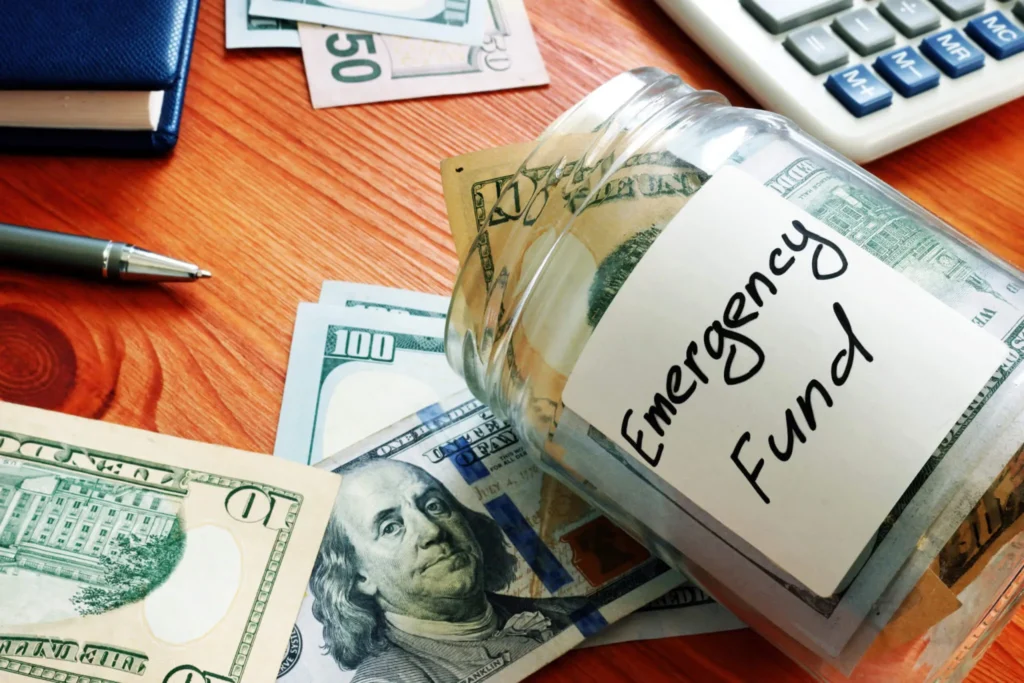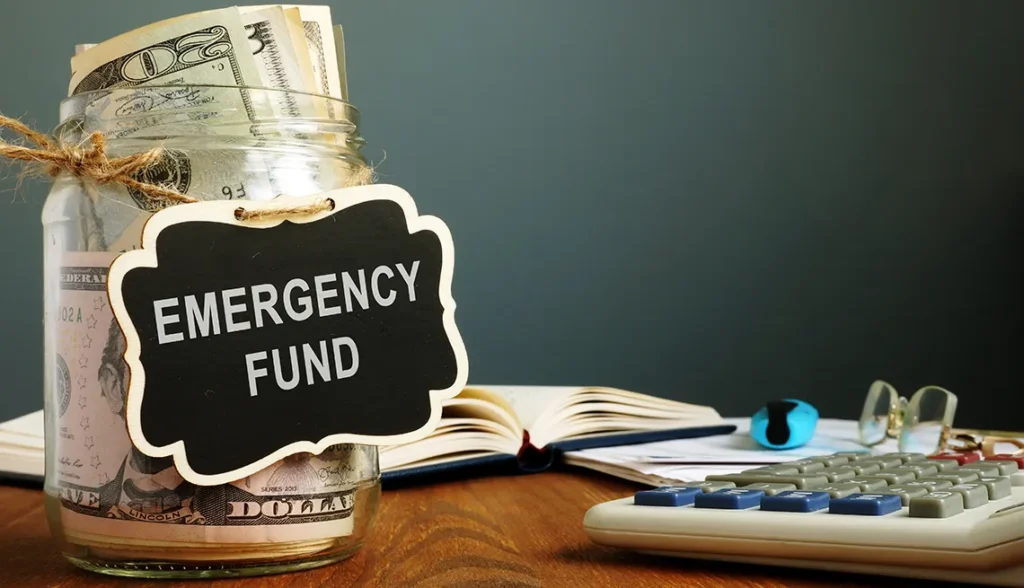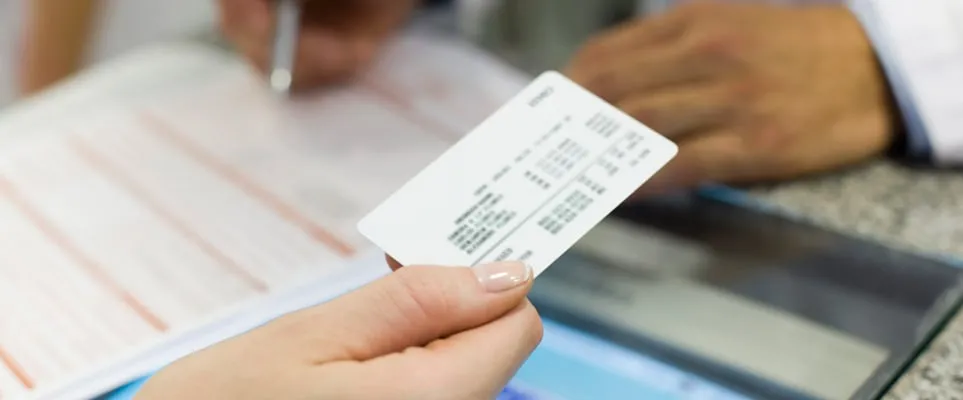Saving for emergencies is one of the most important financial habits you can develop. Life is not predictable, and at any given time, some form of expense may arise that is not captured in your budget, such as a medical emergency, losing a job, or fixing one’s car. Learn more about savings today.

An emergency fund helps you manage such situations without going into debt or straining your finances. This can also help learn to save outside for emergencies alone.
Types of Emergencies That Should Be Saved For
Emergencies are of many types, needing immediate and, in most cases, prompt financial attention. Knowing what type of emergencies may befall you will enable you to plan more suitably. Following are a few usual kinds of emergencies that your savings must cover:
1. Medical Emergencies
Other reasons people have to spend so much money on treatment include sudden health problems, accidents, illnesses, or surgeries. As everybody knows, even if one has health insurance, it covers just a part of the expenses.
Other costs, co-pays, deductibles, and treatments not covered by the policy will load your wallet. Because of this, medical emergencies become one of the main causes for creating an emergency fund.
2. Job Loss
Losing a job can put extreme stress on one’s finances, especially if another source of income is not in sight. Emergency savings help cover living expenses while one pursues new employment and also save from going into debt.
3. Car Repairs
The car is for the majority a means to get to work or tend to responsibilities. A breakdown or the need for big repairs will be a financial burden if one is not prepared for it. Emergency savings can help cover unexpected costs and get your car running again.
4. Home Repairs
From a busted water heater to roof damage, everything just seems to always cost an arm and a leg, and it always seems to happen at the worst possible time. Having money available for home-related emergencies enables you to take care of problems immediately without having to use other money or credit.
5. Natural Disasters
Flooding, hurricanes, earthquakes, and other acts of nature can be very destructive to your property and personal belongings. Insurance might cover most of the costs, but there are always out-of-pocket expenses that you have to take care of immediately.
6. Family Emergencies
These are sometimes family emergencies: death in the family, relatives needing immediate assistance, and sudden childcare expenses. In all these instances, financial assistance may be required. For that, savings come in handy and help avoid stressful responses.
7. Unexpected Travel Expenses
Sometimes, these emergencies involve last-minute travel to attend to, say, a funeral or even illness in the family. All these may have costly flights, hotels, and other travel expenses if you are not financially ready for them.
8. Pet Emergencies
Pets are family, and when they become ill or injured, the treatment can cost an arm and a leg. Emergency vet visits, surgery, and medication may all be costly enough to drain your resources, and when your pet has an emergency, that is one more reason to save.
9. Legal Expenses
Be it some unexpected litigation, the requirement of a lawyer, or even family law issues like custody battles, some of the biggest legal emergencies cost a pretty penny. Having an emergency fund ensures that you can pay for a lawyer without wiping out your savings from other accounts.
9 Ways to Get Started With Emergency Savings

Building an emergency fund may appear overwhelming at first, but with the right strategies, one can start saving steadily and work out a financial safety net. Here are nine effective ways of starting to save for eventualities:
1. Set a Savings Goal
First, you need to determine how much you want to save. According to financial experts, you should have three to six months’ worth of your living expenses in an easily liquidated emergency fund. Having an explicit target sets up what to work toward and keeps you motivated.
2. Open a Dedicated Savings Account
Consider it another form of savings account, but one for emergencies only. This keeps the savings for an emergency out of sight and makes it more difficult to spend on less than an emergency.
3. Automate Your Savings
Setting up an automatic transfer every month could perhaps be one of the easiest ways to build up your emergency fund from your checking account into your emergency savings account. Even small, consistent deposits will add up over time.
4. Cut Unnecessary Expenses
Now take a closer look at your spending and determine ways you can reduce spending. Cancel subscriptions to things you do not use; eat out less often, or stop making impulse purchases. Return the money saved back into your emergency fund.
5. Save Windfalls
Set aside any windfalls, such as tax refunds, bonuses, and monetary gifts, directly to your emergency fund. Windfalls are a great avenue to make substantial steps toward your savings goal without affecting the daily living budget.
6. Set Small Goals
So if the idea of building up three to six months’ worth of living expenses seems daunting, try smaller targets. First, try saving $500 or $1,000, and then continue building up your emergency fund in steps.
7. Use a Budgeting App
There are a lot of free budgeting apps out there that will help you not only track expenses but also put money aside in an emergency fund. Apps like Mint or YNAB-you need a budget; you set savings goals and let you monitor your progress in real-time.
8. Get a Side Hustle
If your budget is already pretty tight, consider raising your income with a side hustle. Freelancing, tutoring, ridesharing, and selling items online are all great ways to make money that can go directly into your emergency savings.
9. Review and Adjust Regularly
Since your financial situation changes over time, you need to review your emergency fund periodically. When your income goes up or when your expenses decrease, you can increase the rate of saving and head towards your goal faster.
How Much to Save for Emergencies?

How much you should save for emergencies depends on your very own financial situation and living expenses. As a rule of thumb, financial analysts recommend you should be able to cover three to six months with savings for basic necessity expenses. These include:
- Rent or mortgage payments
- Utilities-water, electricity, internet, etc.
- Groceries
- Transportation costs
- Insurance premiums
- Debt payments-credit cards, student loans, etc.
But if you have a stable income and a low risk of job loss, three months of expenses may suffice. On the other hand, if your income is irregular, you’re self-employed, or you work in an industry prone to layoffs, it would be wise to save closer to six months’ worth of expenses.
In addition, consider any specific risks you face, such as higher medical costs or a larger family, and adjust the savings goal correspondingly.
What if I Don’t Have an Emergency Fund?
One of the greatest fears with emergency savings is what happens if you do not have money allocated in a fund when an event takes place. Without savings set aside, you may be forced to resort to high-interest debt, such as credit cards or personal loans, to pay for emergency costs.
This can quickly lead to a vicious debt cycle wherein compounding interest charges makes it harder and harder to pay what is owed. Without an emergency fund, one is also forced to make hard choices, such as drawing from retirement savings, seeking second jobs, or delaying necessary medical treatment.
Similarly, having an emergency fund protects one from these eventualities and gives one the confidence to face the vagaries of life.
Conclusion
An emergency fund is important to continue the financial stability of a family and avoid debt when unexpected expenses arise.
By recognizing the types of emergencies that can befall one and by taking proactive steps to build your fund with realistic savings goals, you’ll have a safety net to protect yourself and your family. Start saving today to ensure you’re prepared for whatever life throws your way.







